Dogs communicate primarily through body language. Understanding this language can deepen the bond between a dog and its owner. It helps in identifying their needs and emotions, ensuring a harmonious relationship. This guide will cover the essential aspects of reading dog body language.
The Basics of Dog Body Language

Dogs use their entire bodies to communicate. From their tails to their ears, every part can convey a message. Recognizing these signals is crucial for interpreting their feelings and intentions.
-
Tail Position and Movement
The tail is one of the most expressive parts of a dog. A wagging tail usually indicates happiness or excitement. However, the speed and height of the wag can change the meaning.
A slow wag with a lowered tail may suggest insecurity or anxiety. A high, stiff wag often indicates alertness or aggression. Observing the tail’s position and movement helps in understanding a dog’s mood.
-
Ear Position

Source: dogtime.com
Dogs’ ears are another telltale sign of their emotions. Erect ears indicate alertness and attentiveness. Flattened ears, on the other hand, suggest fear or submission. Ears held slightly back can show contentment or relaxation. Different breeds have varying ear positions, but the general movements are similar.
-
Eye Contact and Expression
A dog’s eyes are incredibly expressive. Direct eye contact can be a sign of confidence or challenge, depending on the context. Soft, relaxed eyes indicate comfort and affection. Dilated pupils might signal excitement, fear, or arousal. Understanding these subtle cues can prevent misunderstandings.
Body Posture and Movement

The overall posture of a dog provides significant insights into their emotional state. Confident dogs stand tall with relaxed body. In contrast, a fearful dog may cower or crouch. Here are some common postures and their meanings:
-
Relaxed Stance
A relaxed dog appears at ease with a loose body, a gentle tail wag, and a soft expression. This posture indicates comfort and contentment.
-
Alert Posture
An alert dog stands with a forward-leaning body, erect ears, and focused eyes. This stance shows curiosity or interest in something specific.
-
Dominant Stance
Dominant dogs make themselves appear larger by standing tall, puffing out their chest, and raising their tail. They may also make direct eye contact, showing confidence or assertiveness.
-
Submissive Posture
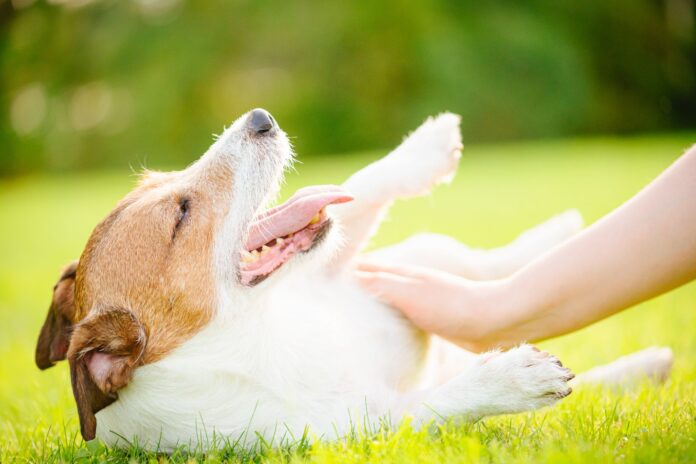
Source: thesprucepets.com
A submissive dog lowers its body, tucks its tail, and avoids direct eye contact. It may also roll onto its back, exposing its belly to show submission.
-
Defensive Aggression
When a dog feels threatened, it may display defensive aggression. This includes a stiff body, raised hackles, and bared teeth. Recognizing this posture can prevent potential conflicts.
Vocalizations and Their Meanings
Dogs also use vocalizations to communicate. Barking, growling, whining, and howling each have distinct meanings. Understanding these sounds can complement the body language cues.
-
Barking

Source: petmd.com
Barking can indicate excitement, alertness, or distress. The tone, frequency, and context help determine the reason behind the bark.
-
Growling
Growling is a clear warning sign. It can indicate discomfort, fear, or aggression. Paying attention to the context and body language can help address the underlying issue.
-
Whining

Source: akc.org
Whining often signals distress, anxiety, or a need for attention. It’s important to understand the cause to address the dog’s needs appropriately.
-
Howling
Howling is less common but can indicate loneliness, anxiety, or communication with other dogs. It can also be a response to certain sounds or stimuli.
The Role of Context in Interpreting Body Language
Context is crucial when interpreting dog body language. A dog’s environment, previous experiences, and the specific situation all influence their behavior. For example, a dog that growls when approached while eating may be guarding its food. In contrast, a growl during playtime might indicate overstimulation or a need for space. Always consider the context to avoid misinterpretation.
Introducing Electric Fences for Dogs
Electric fences for dogs can influence their body language. When training a dog to use an electric fence, it’s essential to observe their reactions. Signs of discomfort or anxiety, such as a tucked tail or lowered ears, indicate that the dog is struggling with the training.
Conversely, a relaxed posture shows that the dog is adapting well. Monitoring body language ensures the dog’s safety and well-being during the training process.
Recognizing Stress and Anxiety

Stress and anxiety in dogs manifest through various body language signals. Recognizing these signs can help address the underlying issues and provide comfort to the dog.
-
Panting and Drooling
Excessive panting and drooling are common signs of stress. If a dog exhibits these behaviors in non-strenuous situations, it may be experiencing anxiety.
-
Pacing and Restlessness
A stressed dog often paces or displays restless behavior. Identifying the cause of the stress can help alleviate it.
-
Yawning and Licking Lips
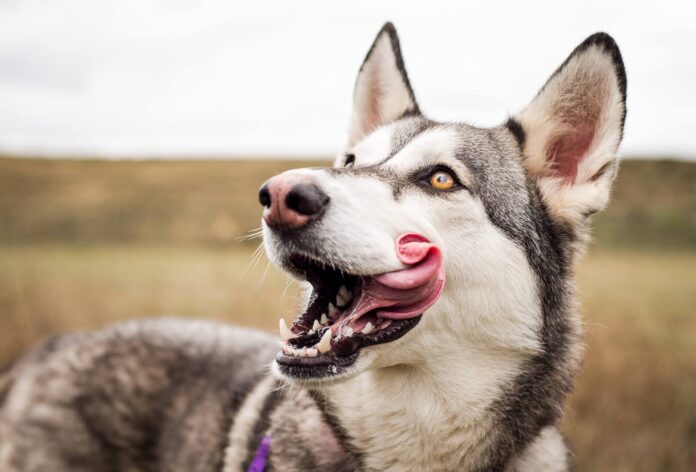
Yawning and lip-licking are calming signals. Dogs use these behaviors to diffuse tension. Frequent yawning or licking may indicate discomfort or anxiety.
-
Avoidance Behaviors
Dogs may avoid eye contact, turn away, or move to a different area when stressed. Recognizing these avoidance behaviors is crucial in providing the necessary support.
Positive Reinforcement and Encouraging Calm Behavior
Positive reinforcement helps in promoting calm behavior and reducing anxiety. Rewarding desired behaviors with treats, praise, or play can reinforce positive body language.
-
Training and Socialization

Source: huntingtonpet.com
Proper training and socialization are essential for a dog’s emotional well-being. Exposing dogs to various environments, people, and other animals helps them develop confidence and reduce anxiety.
-
Consistency and Routine
Maintaining a consistent routine provides a sense of security for dogs. Predictable schedules for feeding, walking, and playtime help reduce stress and anxiety.
-
Creating a Safe Space
Providing a safe and comfortable space for a dog to retreat to is crucial. This area should be quiet and free from stressors, allowing the dog to relax and feel secure.
-
The Importance of Bonding and Trust
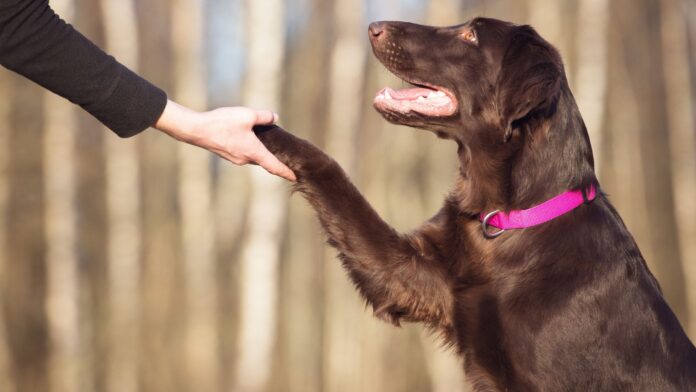
Source: tug-e-nuff.co.uk
Building a strong bond with a dog is fundamental for understanding their body language. Trust and mutual respect form the foundation of this relationship. Spending quality time with a dog, engaging in play, and providing affection all contribute to strengthening the bond.
-
Playtime and Exercise
Regular playtime and exercise are vital for a dog’s physical and emotional health. Activities like fetch, tug-of-war, and agility training promote positive body language and reduce stress.
-
Affection and Grooming
Affection and grooming sessions provide opportunities for bonding. Gentle petting, brushing, and massages can relax a dog and foster a sense of trust.
-
Communication and Understanding
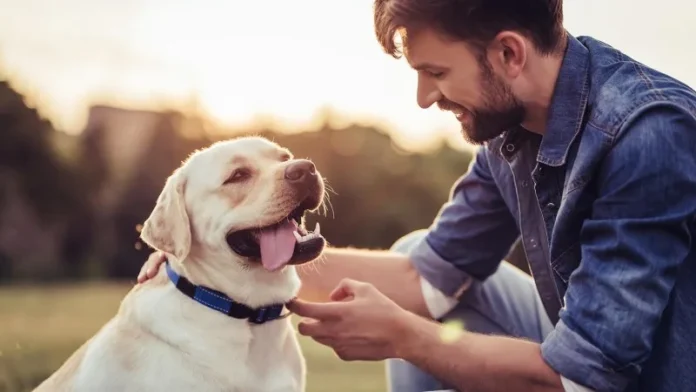
Source: akcpetinsurance.com
Effective communication involves understanding and responding to a dog’s needs and emotions. Paying attention to their body language and vocalizations ensures a strong and trusting relationship.
-
Addressing Aggression and Fear
Aggression and fear in dogs can manifest through various body language signals. Recognizing these signs is essential for addressing the root cause and ensuring the dog’s well-being.
Identifying Triggers

Understanding the triggers that cause aggression or fear is crucial. This may include certain people, environments, or situations. Identifying these triggers helps in managing and reducing the behavior.
-
Professional Training and Behavior Modification
In cases of severe aggression or fear, professional training, and behavior modification are necessary. Certified trainers and behaviorists can provide guidance and support in addressing these issues.
-
Patience and Compassion
Patience and compassion are vital when dealing with aggression or fear. Understanding that these behaviors often stem from underlying issues helps in approaching the situation with empathy.
Conclusion: Building a Harmonious Relationship
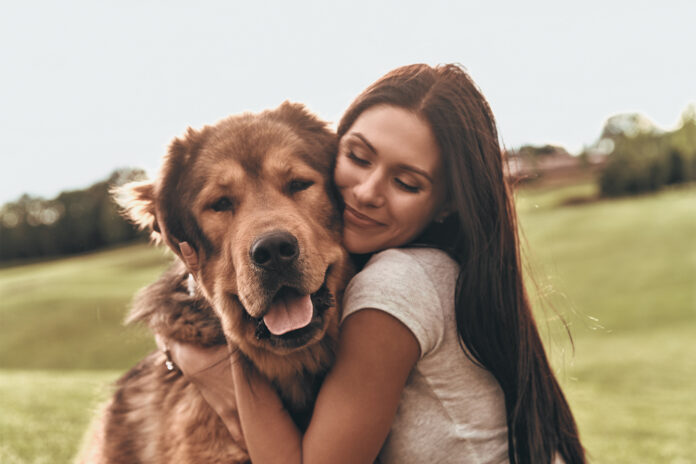
Reading and understanding dog body language is a continuous learning process. It requires observation, patience, and empathy. By recognizing and responding to a dog’s signals, owners can ensure their pet’s emotional and physical well-being.
This understanding fosters a deep bond and a harmonious relationship, enriching the lives of both the dog and its owner.
Effective communication with dogs goes beyond commands and obedience. It involves understanding their unique language and responding with care and respect.
By investing time and effort into reading dog body language, owners can create a safe and loving environment for their furry companions. This mutual understanding leads to a fulfilling and joyful relationship built on trust and love.







